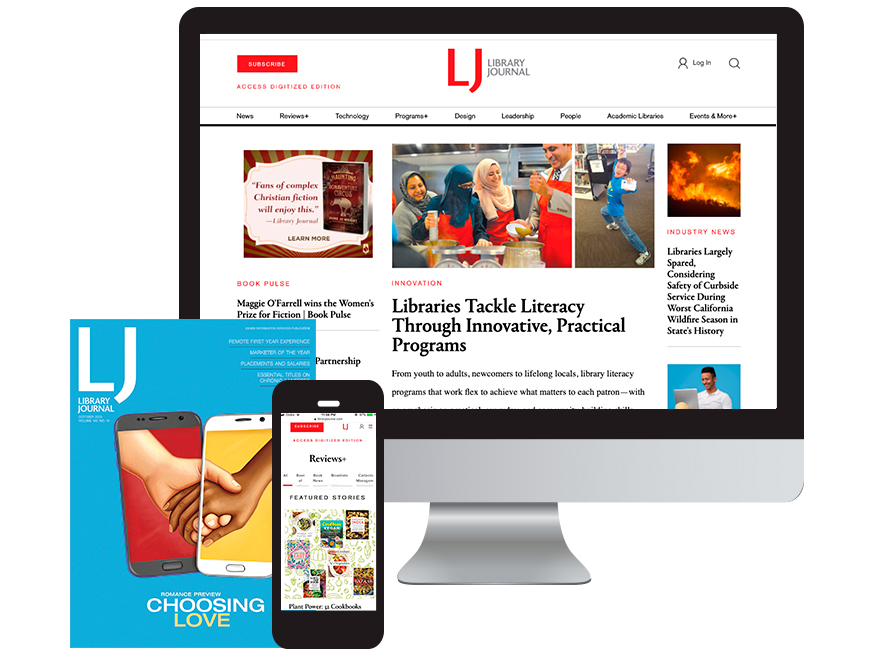Last 30 days
Last 6 months
Last 12 months
Last 24 months
Specific Dates
From:
To:
No articles
ALREADY A SUBSCRIBER? LOG IN
We are currently offering this content for free. Sign up now to activate your personal profile, where you can save articles for future viewing

